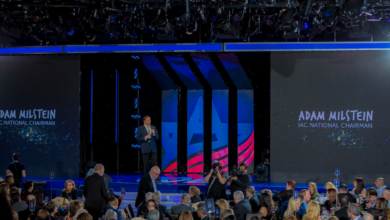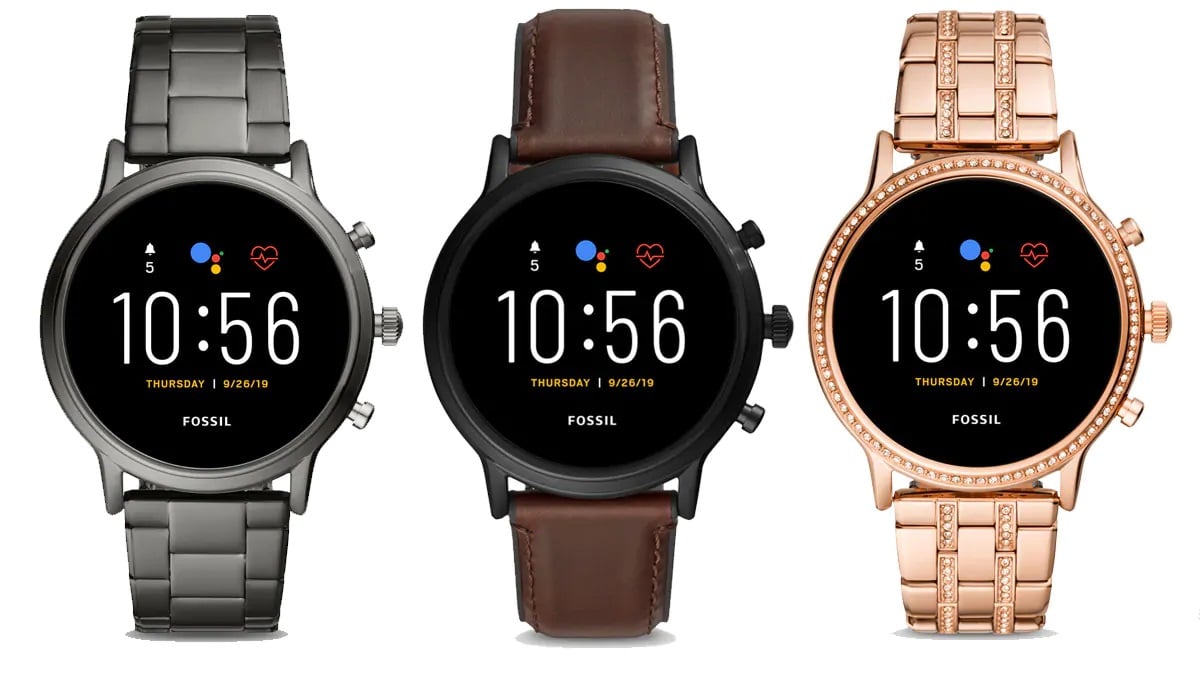How TV Advertising Campaigns Actually Work

Image Source
If you don’t think advertising and marketing are important, just think about the company products you recognize just by their slogans/logos.
Whether it’s cable television or public television, there’s almost no way you would watch a show without encountering at least one advertisement. These ads showcase all kinds of products and services; everything from lawnmowers to baby items, and even other TV shows.
Television advertising might seem like a pretty straightforward thing to do; create an ad and run it on television channels, and wait for a multitude of customers to pour into your business. But it gets more complicated than that. If you’re a small business owner, you must first consider the type of ad you’re running, how long the ad will run for, and what limitations – if any – are placed on your product.
What is Television Advertising?
Television advertising is a term for creating and broadcasting commercials on television. These commercials aim to promote products and services, and boost sales.
There might be a slew of newer advertising methods now, but television advertising remains the most tested and trusted medium for advertising. Why? Because almost everybody watches television. The average home has at least one television, and statistics show that the average person spends around three hours watching TV every day. Three hours per person provides ample opportunity to showcase your products and services to your target audience.
How TV Advertising Works
Television ads pop up between television programming that viewers watch. Typically, a TV commercial would last anywhere between 15 to 30 seconds, and multiple ads are usually shown during a single ad break.
Some viewers would complain about the intrusive ads that show throughout a single TV show, but this is how TV channels generate a majority of their income.
Creating a television commercial calls for your creative side to come out. There are many different ways to go about creating one, and once the commercial is created, you need to select a TV channel to schedule it on. This scheduling is typically done through an advertising agency. The cost of running your TV ad varies depending on length, time of day, channel, and show’s rating.
What’s Good Television Advertising?
A good television ad should have some or all of the following:
Attention-grabbing
Your television aims to grab and hold your audience’s attention. You don’t want to create an advert that the audience sees and immediately forgets. If you must, hire a professional to help you write and create an entertaining and engaging ad.
Concise
A good television ad does not need to be extra long to pass information across. Television ads are typically just a few seconds long, so you must find a way to fit in everything you need to say in as short a time as possible.
Multi-sensory experience
Television ads appeal to the viewer’s multiple senses. This is why television ads are often backed with captivating music, bright colors, and engaging special effects. Think of your favorite television ad, and you can probably picture the bright visuals and catchy jingle that accompany it.
Purposeful
Every television ad is driven by one objective – sales. You and your marketing team hope to captivate your audience with the ads so that they remember your product. If you start paying attention to the television commercials you watch today, you would notice that most of them have a sales pitch.
Other than selling a product or service, some television ads also have other functions like educating the public, publicity, and announcements.
Image Source
Types of TV Advertising
Television commercials
Television commercials are the most common type of TV advertising. These are campaigns created by businesses to advertise their products and services, and placed on television channels to run between shows. These ads last between 15 to 50 seconds and are usually aired together with other ads during commercial breaks.
Product placement
Product placement ads are less obvious than television commercials. This is when a product is predominantly featured in a show or movie. These products/services are usually used as part of the storyline or made as the focused object in different scenes.
Infomercials
Infomercials are not like the typical television ad that airs for less than a minute. Infomercials typically last for up to 30 minutes and are broadcast on weekends or late at night. These ads end with a call to action, with a number for viewers to call or a URL to visit.
Brand integration
When a brand becomes an integral part of a TV show, it’s known as brand integration advertising. This type of advert occurs in TV shows where contestants compete for a particular prize, and the prize could be sponsored by a company or business.
A good example of this type of advert is The Transformers movies where the Chevrolet vehicles heavily feature in the films.
Advantages of TV Advertising
Television advertising might be considered old school by some, but it still has its marketing advantages.
Mass advertising
We already talked about how many hours a day the average person spends watching television. TV reaches a large audience, and the fact that most channels show live shows makes it an even more ideal place for targeting as many people as possible or a specific demographic.
Measurable
The success of your television ad can be measured through sales data and surveys. This information will help your business determine which areas of your campaign need to be worked on.
A trusted medium
Most people trust the ads they see on television, and hence, they trust the brands. Advertising your products and services on television lends a level of credibility to your brand.
The future of television advertising is being questioned now more than ever with the rise of smart TVs, connected TV, and other streaming platforms. Advertisers are using more personalized data from these mediums to target their audience, and many believe these interactive and personalized ads are more effective.
However, there is no denying that TV advertising remains an integral part of the marketing mix, and it doesn’t seem like traditional television is going away anytime soon.





